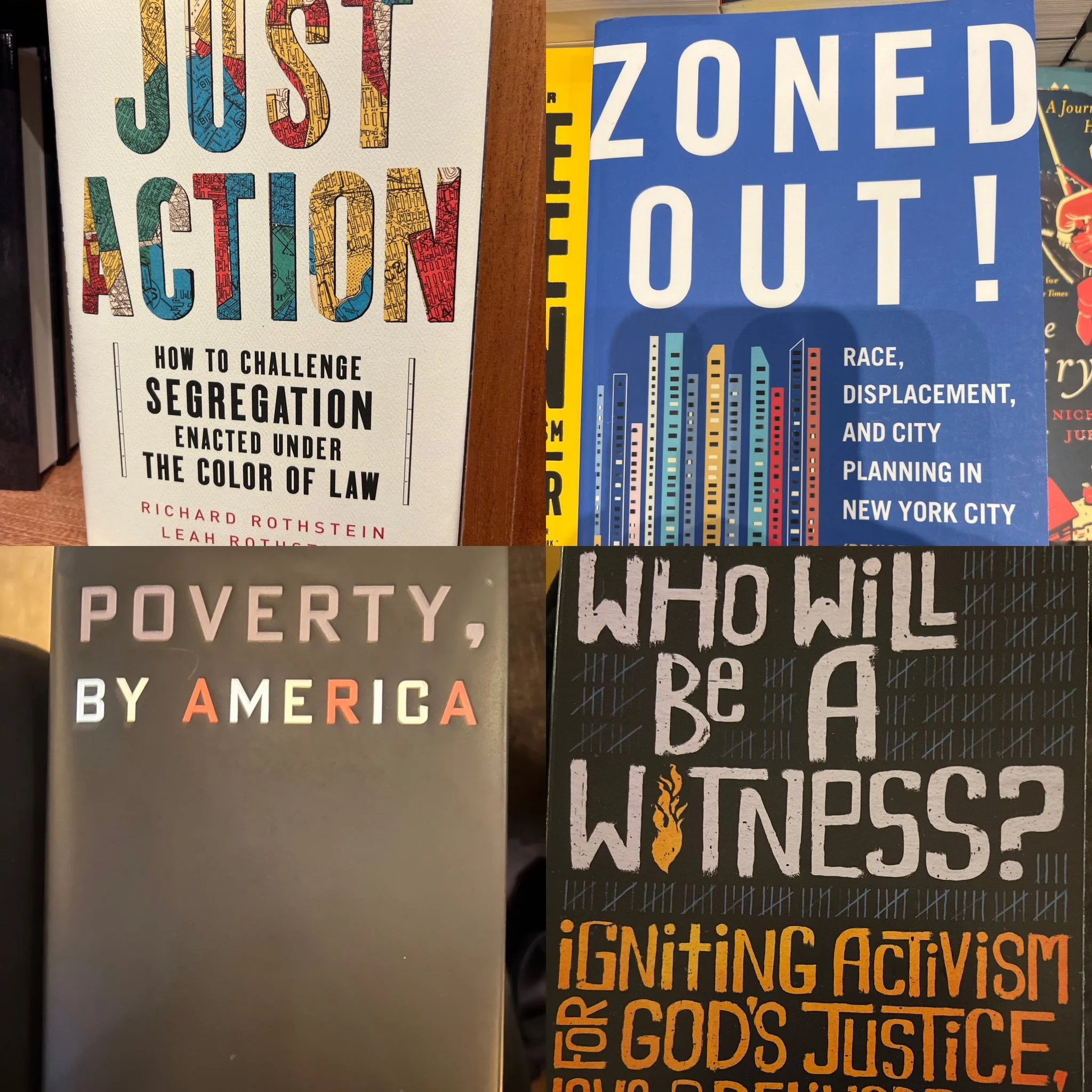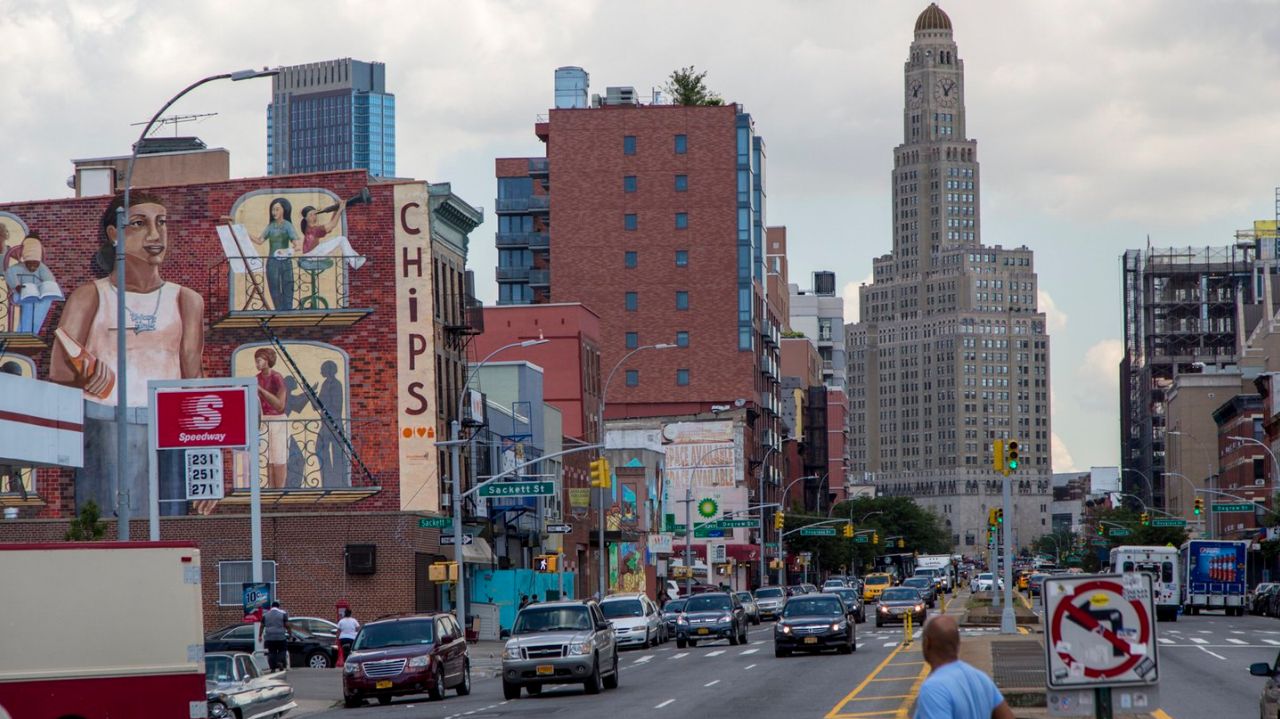Learning to See and Join God in your Community
Photo Credit: Yeong-Ung Yang from AM New York
This post originally appeared as part of a series Hope for New York is producing from voices around our city in helping the church see, serve, love and belong in more fruitful ways.
“When the builders laid the foundation of the temple of the LORD, the priests in their vestments came forward with trumpets, and the Levites, the sons of Asaph, with cymbals, to praise the LORD, according to the directions of David king of Israel. And they sang responsively, praising and giving thanks to the LORD, “For he is good, for his steadfast love endures forever toward Israel.” And all the people shouted with a great shout when they praised the LORD, because the foundation of the house of the LORD was laid. But many of the priests and Levites and heads of fathers’ houses, old men who had seen the first house, wept with a loud voice when they saw the foundation of this house being laid, though many shouted aloud for joy, so that the people could not distinguish the sound of the joyful shout from the sound of the people’s weeping, for the people shouted with a great shout, and the sound was heard far away.”
When my family first moved to Park Slope as a family of three, we moved to help lead a church in transition. Very aware of the blessing and beauty that this neighborhood had to offer, I was sadly ignorant of the history, strife, and divisions that lay just under the surface. I had also mistakenly thought that our church and my leadership was going to bring Jesus to this community, not realizing that He was already very much alive and well and working in ways and in places I wasn’t ready or able to see.
The Beauty and the Divide
Park Slope, with a population of just over 100,000, is a neighborhood in northwest Brooklyn, featuring the kind of historic buildings you see in movies set in New York (a lot of filming does happen here). With its proximity to Prospect Park, the Brooklyn Academy of Music, the Botanic Garden, the Brooklyn Museum, quality public schools, TONS of amazing restaurants, and access to public transit and green space, it has long been considered one of New York City's most desirable neighborhoods. In fact, in 2010, it was ranked number 1 in New York by New York Magazine.
But now, 10 years into living in this neighborhood that has become home to us, I am learning to see it so differently. Amidst the three-million dollar brownstones are the large families living on less than $40,000 a year, praying their home isn’t flipped from affordable housing to a market-rate unit or that they won’t lose another affordable, local grocery store.
Among all the new church plants that have come in over the last 10 years are the churches that have long been here—like Park Slope Christian Tabernacle, which provides toys and turkeys to public housing residents and block parties to bless the neighborhood, and Recovery House of Worship, which has been loving, blessing and helping restore men and women moving from addiction into wholeness, all the while providing meals to the homeless multiple times a week.
Alongside all the artists, actors, and entrepreneurs living on our block sits “guitar man” strumming daily on his one-string guitar on his milk crate outside our community garden.
In a re-developing (or gentrifying) neighborhood like ours, we can look at the new stores and buildings coming in and rejoice. But for the historic resident (who is often of color), the changes bring sadness. Development can mean a moment of loss and another sign of a neighborhood increasingly becoming not for them. This re-development often leads to displacement for them and many around them as they say goodbye to relatives and long-standing neighbors.
Moving From Leading to Learning
Many of us will hear all this and think, “What can I do?” While there is something noble about that impulse, we need to press pause.
This is about learning to move from trying to fix things to listening to the struggles, longings, and fears of long-time residents. Before we think of ways to serve them, we need to stop and consider the lessons they have for us—lessons of resilience and commitment to loving and blessing a neighborhood that at one time wasn’t on any “best places to live” list.
It was this dedication from native Brooklynites that led to the establishment of many of the things we enjoy and take for granted. Looking at the community like this means looking for people with backgrounds, economic situations, and skin colors not like ours so we can have a fuller, deeper, and wider appreciation for the place God has put us. It looks like slowing down to say “hi” to the Puerto Rican grandma blowing kisses to your kids, joining in for your summer block party, or sometimes choosing to work at the library instead of the newest coffee shop. All this is about moving from thinking we are bringing God to the neighborhood to praying that we can see and celebrate where He has been and is already working.
So where do we start? We pray.
Pray for Park Slope
Pray that new churches would move from being separate from to partnering with the community, finding ways to support what’s already going on instead of doing something new.
Pray that new residents move from being simply consumers of the neighborhood toward being listeners and learners, and from there move toward becoming gracious contributors to the neighborhood.
Pray for unity, that social, economic, and ethnic divides would come down and residents would move from suspicion to appreciation for and celebration of our differences.

